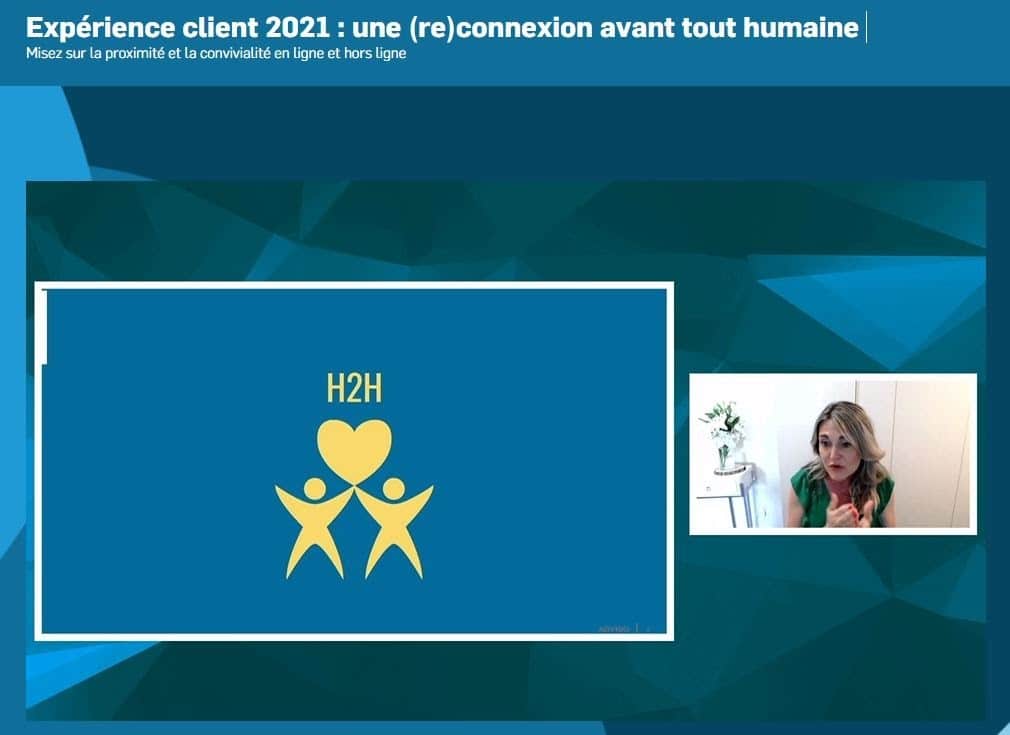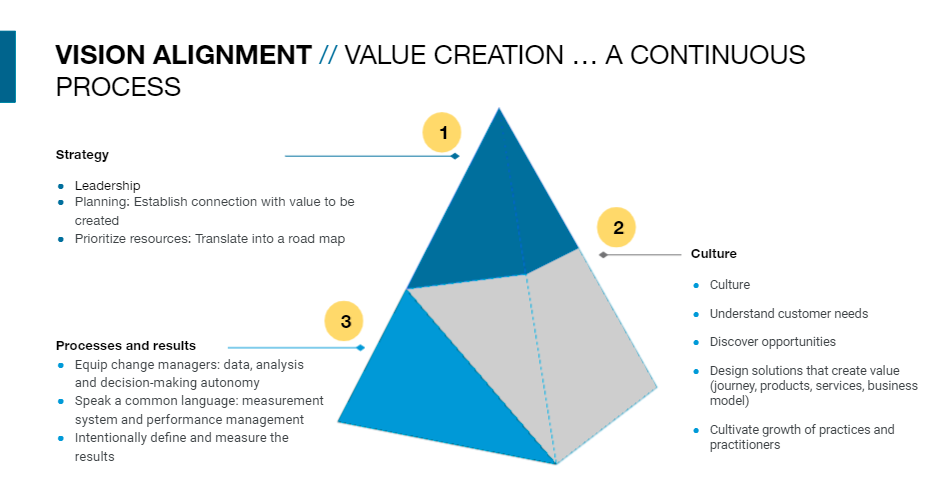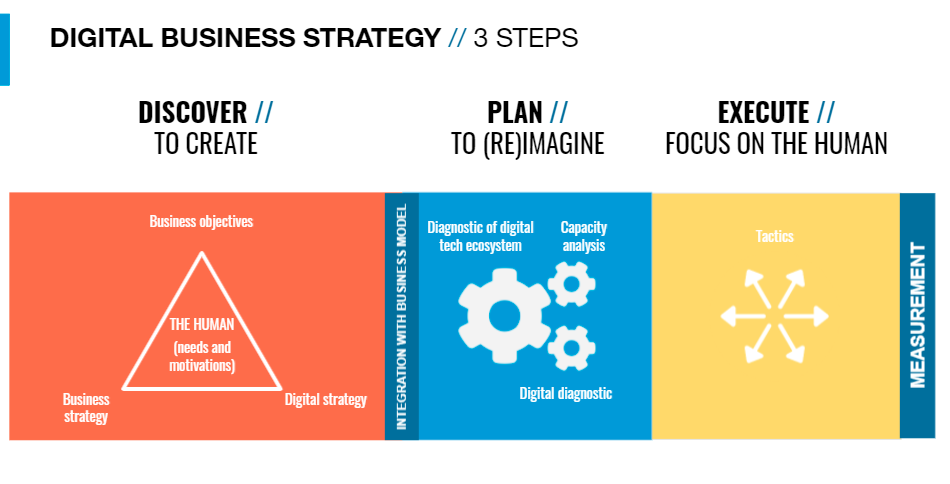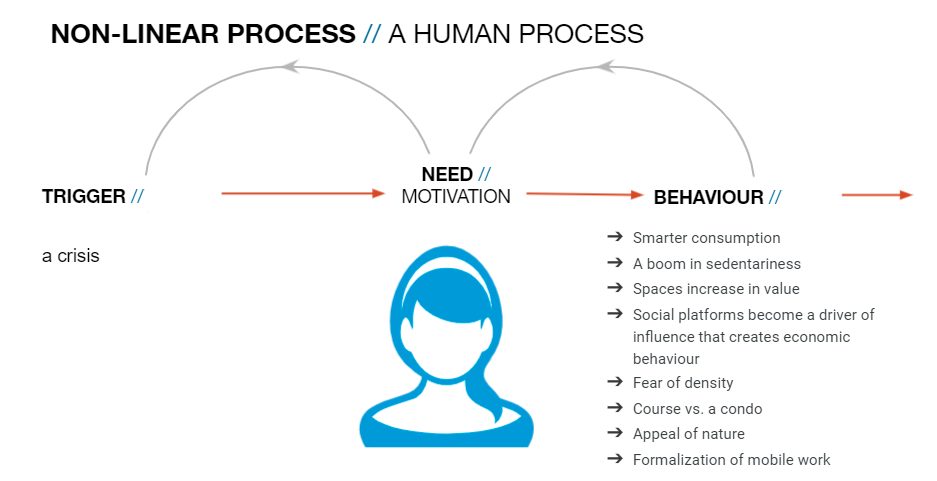Contributor
The human element and UX: Inseparable issues in CX
Contributor
Last June 15, I had the pleasure of participating in a virtual event organized by Les Affaires as part of the Expérience client 2021 conference, which was above all a very humane opportunity to reconnect with colleagues. I chose to talk about a subject I feel very passionately about (the photo 👇doesn’t lie 🙄): the human element, which in my opinion must always come before considerations about the customer.

The big questions I tackled during this session were:
- Have we become too comfortable with terms like “Business to Business” or “Business to Consumer” when we should focus instead on a “Human to Human” perspective?
- In 2021, in this new post-pandemic era, while consumption has become smarter and the limits of digital infrastructure more obvious, has it become essential to put the human at the centre of digital business strategy to ensure the economic growth of companies?
In 2021, it’s basically essential for the economic growth of any company to make people the focus of their digital business strategies. Rarely have we been confronted by a future that is so predictable and so unpredictable at the same time.
Three golden rules remain in place, independent of any technological breakthroughs:
- Focus on the human. You need to concentrate on the people that form your target in such a way as to create value for them. Whether you offer a service, a product, an organizational structure or a new way of filling warehouses and getting products on shelves, this remains true.
- Find the right problem. The identified problem is almost always not the right one—this is a basic issue. Real value creation comes from resolving the basic problem. While I often encourage my clients to reach further and ask themselves the right questions that will lead to an overall view of the situation, sometimes it’s better to start by looking at the symptoms.
- Remember that everything is a system. Optimizing irritations without adopting a holistic point of view often leads to deceptive results. Local optimization doesn’t trump global optimization. We always need to think about the final result to obtain a precise view of the systemic repercussions of an isolated irritant.
So how can companies become truly customer-centric?
Leaders in the customer experience sector have shown that being customer-centric starts at the top, with a clear vision that saturates every level of the organization and mobilizes every individual. This vision should be translated into a structure, products and adapted services—only then should it be reflected in essential tools such as digital and technological instruments.
→ Excellence in customer experience starts at the top of an organization

The analysis of innumerable examples of customer-centric transformations reinforces the lesson that this is a process requiring a top-down approach, and it will only take root if you put a human-focused culture at the heart of your concerns. The culture aspect is often neglected, but it’s an essential foundation for a customer-centric organization, where all employees collectively and individually prioritize the needs of customers—every single day, and in everything they do.
Why is culture so important to a customer-centric experience?
Focusing on culture as the principal means of strengthening a customer-centric orientation may seem counterintuitive. However, it’s your employees that are interacting with customers: They are the first to hear their concerns and notice what captures their attention and seduces them—and this is well before any identifiable, traceable signal can train a data model within a company’s internal data systems. A healthy organizational culture for employees therefore has a direct effect on customers.
The conjunction of culture and performance connects two essential truths:
- Culture drives performance. Irrespective of sector of activity, healthy companies are three times higher-performing than unhealthy ones. In this context, we define “healthy” as the ability of an organization to align around a common vision, to effectively put this vision to work, and to renew itself through innovation and creativity.
- Culture enables successful transformation. Activities that strengthen culture and focus on individuals are essential for realizing large-scale change. Organizations that approach change correctly see their chances of a successful transformation increase from 30 to 79 percent.
In a world in which business models are quickly copied, culture can be the ultimate competitive advantage. That said, culture isn’t a management formula. Depending on their strategic goals, organizations have many ways of creating culture at their fingertips in order to inspire behaviour that, when executed tactically, gives rise to a distinctive customer experience.
How can you build a culture that’s focused on the customer?
Developing a customer-centric culture takes considerable effort, but by following a rigorous three-step process (discover, plan and execute), companies can ensure that their effort will be rewarded well into the future.

1. Discover what matters to your customers and collaborators
During the “discovery” stage, companies cast a critical eye on the behaviour models adopted by their employees and ask themselves which of these promote a customer-centric orientation and which prevent it. They will identify those behaviours that are most important for creating the organization’s customer experience model, then formulate principles to guide specific, observable changes in behaviour on the part of employees in order to create value for and alongside customers.

Even more importantly, managers will endeavour to identify behaviours that are a stumbling block and find the deep causes of the mindsets they want to change. Without this, the negative behaviour may return once the initial enthusiasm for the possibility of transformation has started to wear off.
2. Plan a new culture
The next step involves planning and implementing, company-wide, efforts to reinforce the desired culture, starting with a plan to initiate the change, as well as the major business initiatives you’ll need to set an example and strengthen the new culture.
The tools we use shape our way of thinking and communicating. In order to be able to think collectively, we need to use common tools and speak a common language. Digital transformation is the result of a strategy supported by a suitable culture.
Integrating customer experience measures from the very beginning in order to reward employees for effecting the desired actions and behaviours puts the emphasis on common goals and encourages each individual to feel responsible for their behaviour every day.
3. Execute the customer-centric promise
Once the foundations are in place, companies must promote this new customer-focused culture and give employees the support and incentives they need to improve customer experience. Organizations that succeed at this task generally make changes on several fronts:
- they adapt the work environment to create a cohesive experience for employees and promote value creation;
- they create opportunities that enable employees to more quickly surmount any obstacles through tools and processes that promote autonomy; and
- they ensure that management sets the example and demonstrates clear engagement with the change.
Conclusion
Companies with a culture highlighting value creation through the entire value chain are likely to improve customer satisfaction and obtain lasting results that enable them to improve the health and performance of the organization. But to create lasting performance in customer experience, you need to transform company culture at every level.
To start the process, you have to ask yourself the right questions:
- Where does the organization stand in terms of understanding and identifying real needs and necessary behavioural changes, both for customers and for people within the organization?
- Is the company in a position to understand how its offering can respond to the evolving needs and behaviours of its customers?
- Does it have the human, operational and structural capacities that can lead to insights, identify value to be extracted and take advantage of opportunities as they present themselves?
- What would the organization’s ideal culture look like in two or three years’ time? What behaviours are the most important for deploying value creation mechanisms amongst customers?
- What are the cultural barriers or mindsets that need to change?





